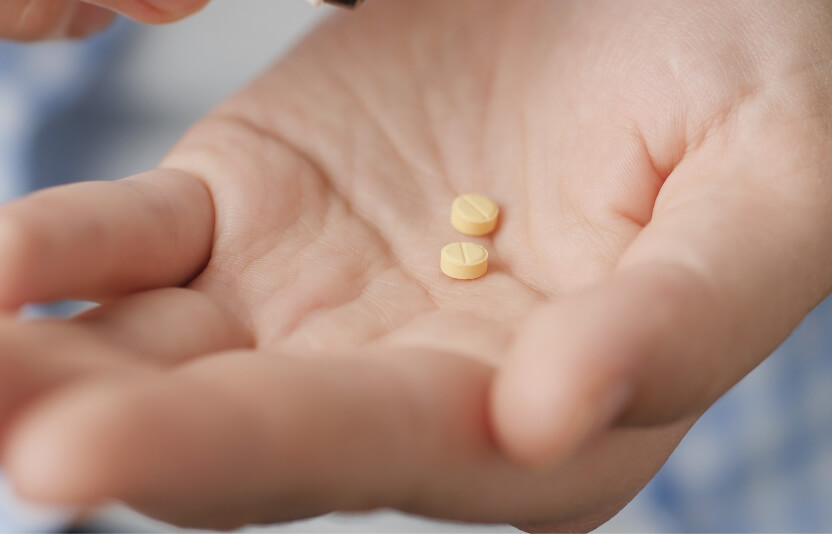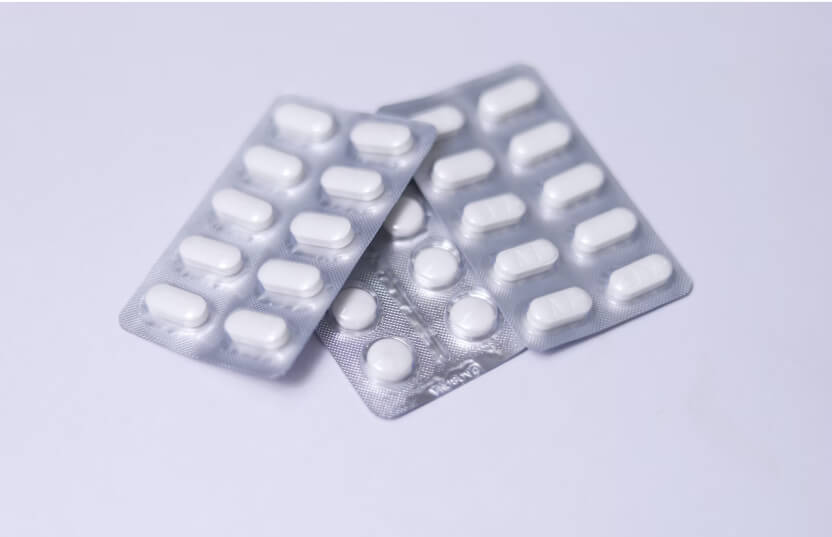Opioid Use Disorder Knowledge Center
Opioid use disorder (OUD) is a complex but treatable condition characterized by the continued use of opioids despite ongoing negative consequences to oneself or others. It is a chronic disorder, but recovery is possible with evidence-based treatment options like Suboxone, a medication used to treat opioid use disorder.
Essential Articles on Opioid Use Disorder
Opioid use disorder is the clinical term for someone who is struggling with a combination of physical dependence on opioids and harmful behavioral patterns (sometimes called ‘addiction’). To be diagnosed with OUD, a person must meet certain criteria, which can include opioid tolerance, dependence and withdrawal symptoms, strong cravings, unsuccessful attempts to stop or control use, and continued use despite negative consequences.

Examining Opioid Use Disorder
Misusing prescription opioids or illegal opioids like heroin can increase the risk of developing an OUD. Learn more about use, dangers, and barriers to quality care.

Treating Opioid Use Disorder
The most effective way to treat OUD is with medication-assisted treatment (MAT), using Suboxone, methadone, or naltrexone.

Treating Opioid Use Disorder With Telemedicine
Virtual treatment is revolutionizing the way people recover from OUD, increasing access to comprehensive and high-quality treatment for those looking for an alternative to in-person care.
The Science Behind Opioid ‘Addiction’
Opioids are extremely addictive because they activate and hijack the reward center in the brain, creating powerful feelings of pleasure.
A Complete Guide to Opioid Use Disorder
Learn everything about opioid use disorder, from signs, symptoms, and risks to treatment options and long-term recovery.
The Opioid Risk Tool: What to Do if You Are At Risk
The Opioid Risk Tool (ORT) is a short assessment you can use to determine the risk of misusing prescription opioids. For those at risk, prevention and education are key.
Opioid Arrests & Incarceration Statistics
Opioid misuse, possession, and distribution can lead to arrests, incarceration, and sometimes court-mandated OUD treatment, which prioritizes rehab over punishment.
Understanding The Opioid Epidemic
The U.S. opioid epidemic has resulted in countless deaths and is one of the worst public health crises in history. Learn how it began, who is affected, and how to combat it.
Opioid Overdose Rates & Statistics
There were more than 80,000 opioid-related overdose deaths in 2021, many of which involved fentanyl and other synthetic opioids. However, these deaths are preventable.

Effective Treatment of Opioid-Use Disorder Through Telehealth
Breaking Down a Peer-Reviewed Publication Describing Bicycle Health’s Opioid Use Disorder Treatment Program
Read it NowCommonly Misused Opioids
Commonly misused opioids include illegal drugs like heroin and illicitly made fentanyl, prescription opioids, such as hydrocodone, oxycodone, codeine, morphine, and synthetic opioids like fentanyl, tramadol, and carfentanil. The proliferation of extremely potent opioids like fentanyl is a major contributor to the opioid epidemic and increasing rates of overdose deaths. New and increasingly deadly synthetic drugs are still being created and trafficked, such as the emerging synthetic opioid isotonitazene.

Fentanyl
Fentanyl is a highly powerful and deadly synthetic opioid that is up to 100 times more potent than morphine, increasing the risk of overdose significantly.

Hydrocodone
Hydrocodone (Vicodin, Lortab) is a prescription opioid used to treat severe pain; however, people may misuse this medication for its rewarding effects.

Heroin
Heroin is an illicit drug created from morphine that is often in the form of a brown or white powder or a black sticky substance.

Percocet
Percocet is the brand name for the prescription medication containing the opioid, oxycodone, and an over-the-counter pain reliever, acetaminophen.
Treating Opioid Use Disorder
There are many different options for treating opioid use disorder, including 24-hour programs like inpatient and residential care as well as various levels of outpatient treatment, such as partial hospitalization programs (PHPs), intensive outpatient programs (IOPs), and standard outpatient. The gold standard for opioid use disorder treatment is medication-assisted treatment (MAT), which combines behavioral therapy with medication, such as Suboxone or methadone.

Outpatient Treatment for OUD
Outpatient programs for OUD vary in intensiveness with options including partial hospitalization, intensive outpatient, and standard outpatient.

Suboxone Therapy
Suboxone (buprenorphine/naloxone) is a medication used to treat OUD by reducing cravings and withdrawal symptoms as well as blocking the effects of other opioids.

Other Types of MAT
Medication-assisted treatment (MAT) includes several types of medications for OUD, including Suboxone, methadone, and naltrexone.
Suboxone Therapy You Can Complete at Home
No clinics, same-day prescription pick-up, meet virtually with fully licensed clinicians on your schedule.
Behavioral Health
Behavioral health encompasses substance misuse and mental health disorders, such as depression, anxiety, post-traumatic stress disorder (PTSD), bipolar disorder, and personality disorders. Behavioral health services cover a continuum of care, including prevention, interventions, treatment and therapy, and aftercare.

Defining Recovery from OUD
OUD recovery is a complex, dynamic, and non-linear process by which an individual pursues a better life. Consequently, everyone’s recovery journey is different.

How to Recover from Opioid Use Disorder
Although opioids are very addictive and can lead to compulsive use, there is hope for recovery from OUD. Both in-person and virtual care can help individuals quit using opioids.

OUD Recovery Best Practices
When it comes to OUD recovery, there are some best practices to be aware of, including receiving medication-assisted treatment in the form of Suboxone or methadone.